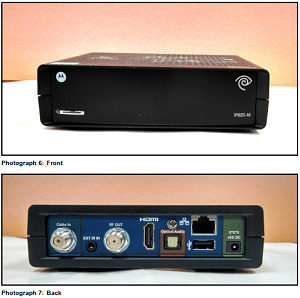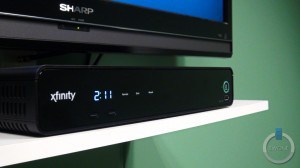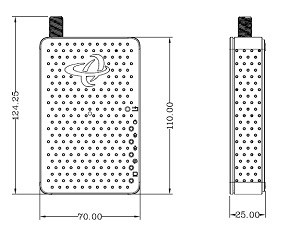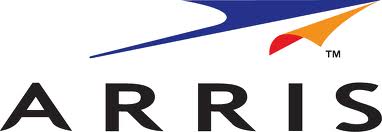
Arris' C4 CMTS
In the broadband speed race, no technology can deliver consistently fast upload and download speeds and offer ease-of-upgrades like fiber optics, but most of us won’t have direct access to the technology for years to come. This week, the cable industry will attempt to suggest fiber upgrades may be unnecessary as it shows off some of the latest broadband technology at the industry’s trade show in Chicago.
Arris, a cable broadband equipment manufacturer, plans to demonstrate just how many “cable channels” it can bond together to build an enormous broadband pipeline, which the company claims will achieve “proof of concept” speeds as high as 4.5Gbps downstream and 575Mbps upstream.
Such a demonstration is impractical for actual use with today’s cable systems, because they lack enough free channel space to construct a pipe that large. But the cable industry is betting heavily on DOCSIS 3 technology to keep them in the game as other technology threatens to win future online speed races.
At the heart of Arris’ cable broadband platform is its C4 Cable Modem Termination System (CMTS). The latest iteration, called Release 7.4, increases support for bonded channels, allows cable operators to manage the IP video demands of their subscribers, and also includes additional “intelligent network” enhancements to manage different types of broadband traffic.
Cable modem broadband technology is based on a “shared network,” meaning every customer connected to an individual CMTS is sharing the same individual broadband pipeline. Before DOCSIS 3 technology, the maximum “raw bitrate” of that pipe was generally fixed at around 40Mbps — speed/bandwidth shared with every customer wired into that equipment. If just a handful of customers used their broadband connection at the same time, speeds were consistently fast and reliable. But during peak usage, too many customers could place demands on that pipe it could not sustain, and speeds for everyone began to drop.
 Since most customers didn’t come close to saturating their broadband connection, hundreds of families safely shared the same pipe without noticeable speed declines. But as high bandwidth applications like online video and file sharing grew, network engineers had to plan on fewer customers sharing the same connection or regularly split some customers off an overworked CMTS.
Since most customers didn’t come close to saturating their broadband connection, hundreds of families safely shared the same pipe without noticeable speed declines. But as high bandwidth applications like online video and file sharing grew, network engineers had to plan on fewer customers sharing the same connection or regularly split some customers off an overworked CMTS.
DOCSIS 3 technology solves many of these problems by letting cable operators “bond” multiple cable channels together to create a much larger, although-still-shared, pipe. Arris says design improvements in its latest c4 CMTS also help manage the traffic that crosses it in the most efficient way possible to maintain a consistent user experience.
Because fiber optic competitors routinely win the broadband speed race, cable operators have to counter aggressive marketing strategies they themselves have used against dial-up and DSL service from the telephone company. Demonstrating high speed results, even when completely impractical to deploy, still helps the industry’s marketing efforts against the competition, and delivers fodder for industry lobbyists used to counter claims by broadband advocates that other countries are deploying more advanced broadband networks that allow North America to fall behind.



 Subscribe
Subscribe
 Comcast offers the X1 throughout its service area and is distributing Pace and Arris set-top boxes that include a DVR that can record six channels at once. Later on, Comcast will upgrade X1 customers to a cloud-based platform, dubbed internally as “X2.”
Comcast offers the X1 throughout its service area and is distributing Pace and Arris set-top boxes that include a DVR that can record six channels at once. Later on, Comcast will upgrade X1 customers to a cloud-based platform, dubbed internally as “X2.” As the cable industry seeks new revenue from the adoption of growing cable modem rental fees, one vendor has
As the cable industry seeks new revenue from the adoption of growing cable modem rental fees, one vendor has 
 Comcast Corporation has announced its intention to pay $150 million for part-ownership of Arris Group, Inc., which manufacturers set top boxes and cable modems.
Comcast Corporation has announced its intention to pay $150 million for part-ownership of Arris Group, Inc., which manufacturers set top boxes and cable modems.

